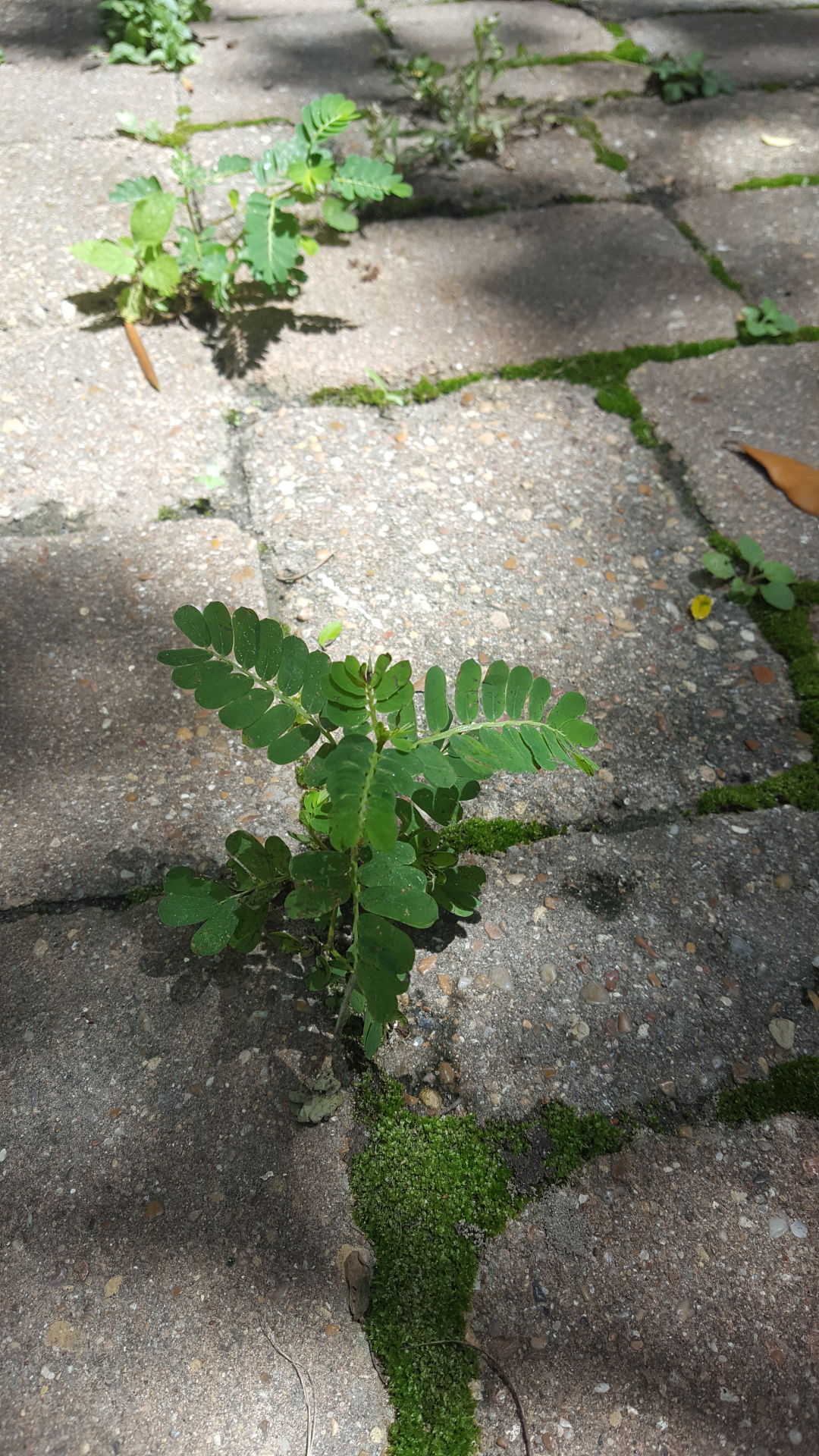Many weeds in the landscape can cause a gardener to gripe. But when a weed is actually called gripeweed, you know you have a real problem on your hands.
Phyllanthus urinaria, more commonly known as gripeweed or chamberbitter, is a common summer weed in south Louisiana, and it has become more of a problem in our area over the past decade or so. It is now one of our most significant summer weeds.
You may not ever totally get rid of it, but you can manage this weed. That’s something gardeners will just have to accept.
Chamberbitter can appear seemingly overnight in flower beds. You can control it by hand weeding. Unlike some garden weeds, chamberbitter is surprisingly easy to pull and hand weeding works well because there are no below-ground bulbs or rhizomes to resprout.
Or you can use a nonselective herbicide, such as glyphosate (Eraser, Killzall, Roundup, Grass and Weed Killer). Apply it to the chamberbitter foliage without getting it other desirable plants. To protect nearby plants, use a shield or cover them with plastic sheeting or bags.
Once the weeds have been cleaned out of a bed by hand weeding or glyphosate, thoroughly mulch the bed with 2 inches of mulch to minimize new weeds showing up. The mulch will suppress the germination of the chamberbitter seeds in the soil. The thickness of the much is important for effective control. Using 2-4 inches of pine bark or 4-6 inches of pine straw will work best for weed suppression.
Chamberbitter does not respond well to some pre-emergence herbicides, but isoxaben is recommended in some publications. After hand weeding or killing with glyphosate, apply a product containing isoxaben (such as Green Light Portrait Broadleaf Weed Preventer) following label directions. Proper mulching in concert isoxaben will do a great job of suppressing weed seeds.
If you have St. Augustine, centipede or zoysia, spot treat with atrazine during the summer. It is too hot to apply it over the entire lawn, but you can spray spots or patches of the chamberbitter weed where they occur. Make two applications following label directions.
Also, mow your lawn at the highest recommended height — 3 inches for St. Augustine at 3 inches, 2 inches for centipede and zoysia — to make it more competitive for weeds to grow.
It’s bad enough having weeds in the lawn and flower beds, but the weed might be telling you there is yet another problem occurring in the landscape. We call these weeds indicator weeds. A bad chamberbitter infestation in a lawn may indicate a lawn that is in poor health. Chamberbitters have a harder time establishing in a thick, healthy, vigorous lawn. Make sure you provide your lawn proper care — mowing, watering, fertilizing, sun — to minimize chamberbitter problems.
Credit: www.theadvocate.com

